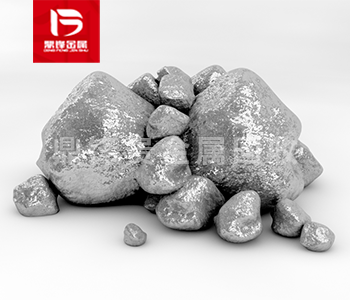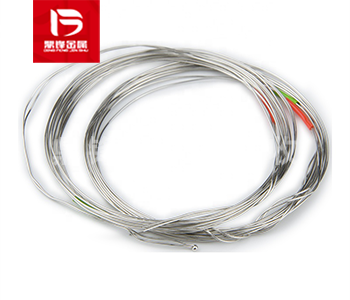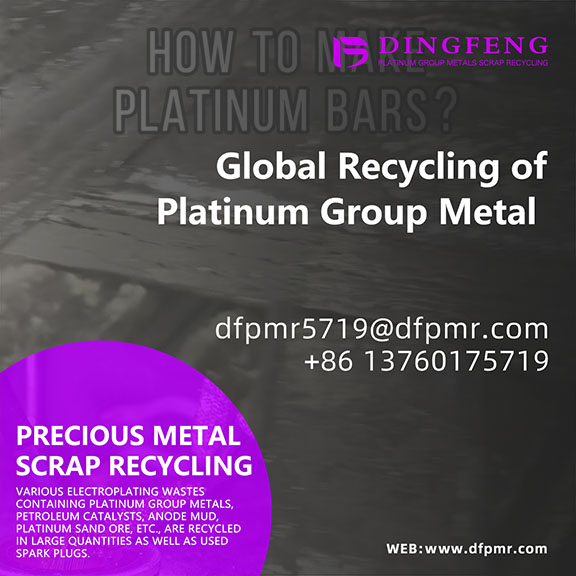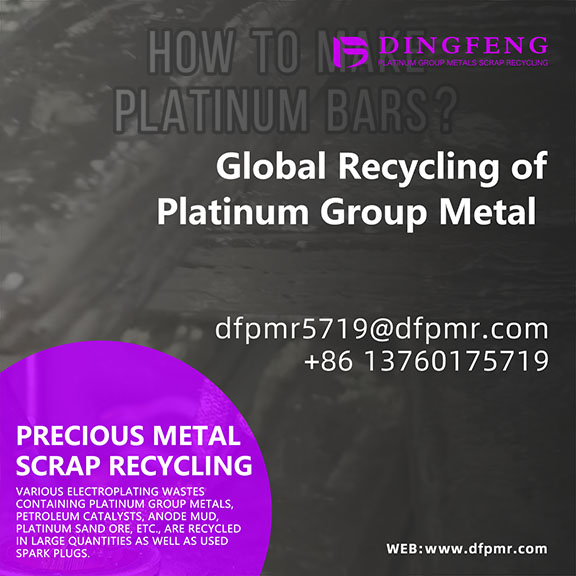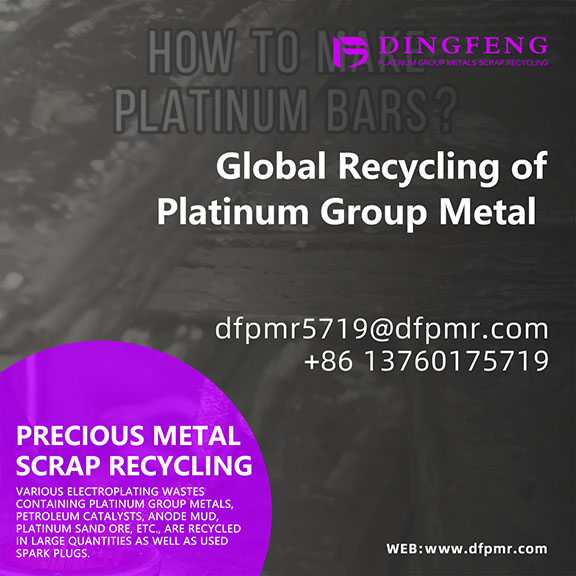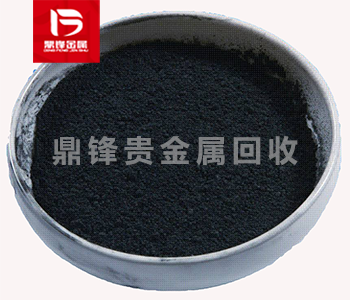Platinum ash recovery: source and technology of Platinum group recovery
Platinum ash is a waste containing platinum group precious metals (platinum, palladium, rhodium, etc.). These wastes mainly come from industries such as petrochemical, automotive exhaust treatment, an
Platinum ash is a waste containing platinum group precious metals (platinum, palladium, rhodium, etc.). These wastes mainly come from industries such as petrochemical, automotive exhaust treatment, and chemical laboratories. Platinum group are widely used in catalysts, catalysts, experimental equipment and so on. When these materials lose activity or are damaged due to use time, wear, corrosion, and other reasons, platinum ash will be generated. This article will explore the technical methods and practical applications of platinum ash recovery.
Source of Platinum Ash
1. Petrochemical industry: in the process of petroleum processing, Platinum group catalysts are used for Catalytic reforming, hydrocracking and other reactions. After a period of use, the catalyst will lose its activity and need to be replaced and treated. 2. Automotive exhaust treatment: Precious metals such as platinum and palladium are used as catalysts in the automotive exhaust purifier to convert harmful gases into harmless substances. Over time, the catalyst will gradually fail and require recovery and replacement. 3. Chemical laboratory: Precious metal vessels such as platinum, palladium, and rhodium used in the laboratory may experience wear and corrosion during long-term use, leading to the generation of platinum ash.
Characteristics of Platinum Grey
1. Contains multiple precious metals: Platinum ash not only contains precious metals such as platinum, palladium, rhodium, but may also contain other precious metals such as gold and silver. 2. Complex composition: In addition to precious metals, platinum ash also contains various impurities such as oxides, silicates, etc. 3. Variety of forms: Platinum ash may exist in the form of powder, particles, or fixed in ceramic bodies, increasing the difficulty of recycling.
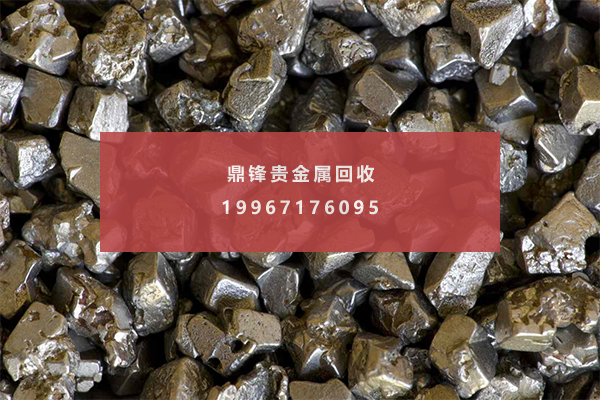
Technical methods for platinum ash recovery
Melting method: The melting method involves heating platinum ash to a high temperature, allowing precious metals to melt and separate. This method is suitable for platinum ash with high Metallicity. Its advantage is that it can recover precious metals with high purity. Its disadvantage is that it has high energy consumption and requires high equipment and operation skills. Solvent extraction method: The solvent extraction method achieves separation by selecting specific solvents to form complexes with metals in platinum ash. The advantage is that the recovery rate is high and the separation of multiple precious metals can be achieved. The disadvantage is that the selection and treatment of solvents are relatively complex, which may produce Toxic waste. Acid leaching method: The acid leaching method uses an acidic solution to dissolve the precious metals in platinum ash, and then separates them through precipitation or other chemical methods. The advantage is that the recovery rate is high, suitable for various types of platinum ash. The disadvantage is that harmful gases and wastewater may be generated during the treatment process, requiring strict environmental protection measures. Cyanidation method: The cyanide method separates metals by forming a complex between cyanide and precious metals in platinum ash. This method is mainly applicable to the recovery of gold and silver. The advantage is high recovery rate and stable treatment effect. The disadvantage is that cyanide has high toxicity and poses a significant risk to the environment and human health, thus requiring strict safety measures. Biotechnology method: Biotechnology method utilizes microorganisms (such as bacteria, fungi, etc.) or plants to adsorb, enrich, and transform precious metals in platinum ash, thereby achieving recovery. The advantage is that it is environmentally friendly and harmless, suitable for low concentration platinum ash. The disadvantage is that the treatment cycle is long, and the recovery effect is affected by biological species and environmental conditions.
Platinum ash recovery is the process of extracting and separating platinum group precious metals (such as platinum, palladium, rhodium, etc.) from discarded platinum ash through technical means. Platinum ash recycling can help reduce resource waste, reduce environmental pollution, and bring certain economic benefits.
&Quot; Dingfeng Precious Metals Recycling includes precious metals such as gold, silver, palladium, rhodium, platinum, germanium, iridium, ruthenium, etc. This is our business in precious metal recycling. If you have precious metals such as gold, silver, palladium, rhodium, platinum, germanium, iridium, ruthenium that need to be recycled, please contact us and we will provide you with a satisfactory price& Quot;



